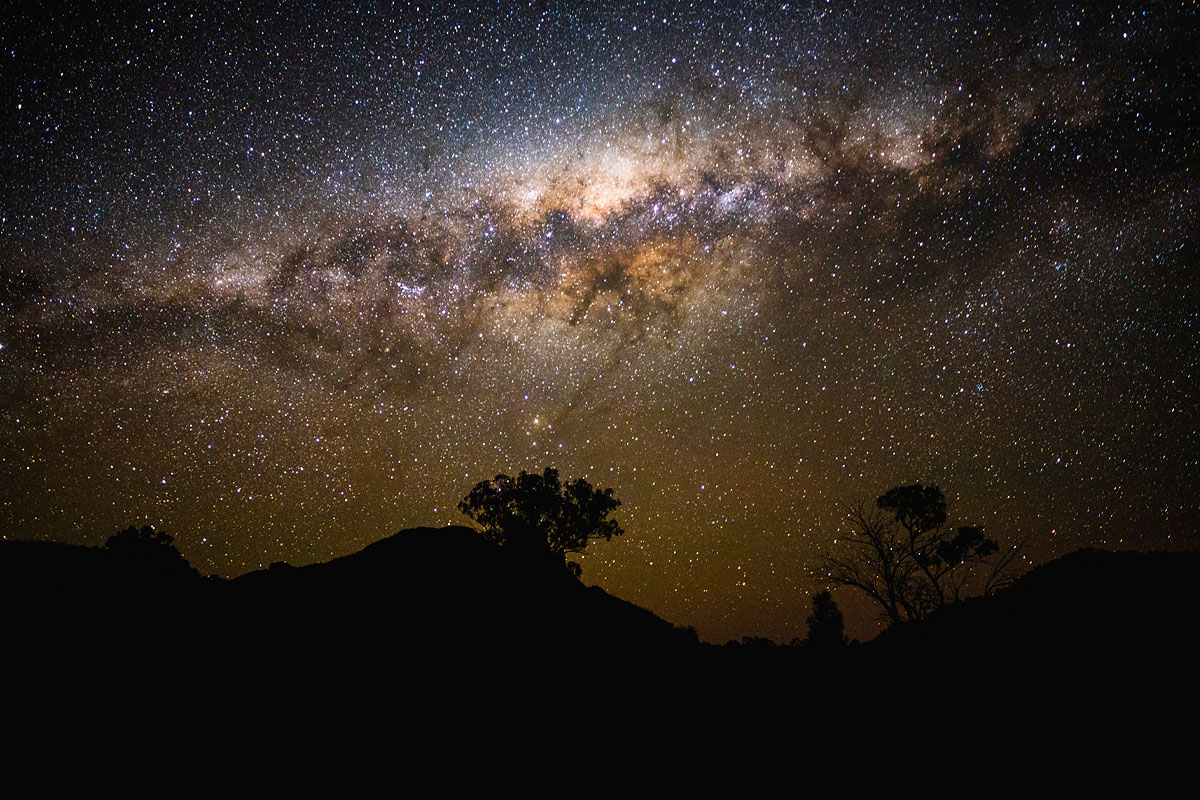Warrumbungle National Park is Australia’s first dark sky park and the first in the southern hemisphere. Siding Springs Observatory, on the park’s outskirts, is home to Australia’s most important visible-light telescope and one of the few observatories in the world that can observe the whole southern-hemisphere sky.
The observatory is critical to our understanding of the universe and the endeavours of Australian and international astronomers.
We have teamed with the observatory and local councils to develop planning controls and the Dark Sky Planning Guidelines to help protect the night sky from light pollution.
We’ve also increased public awareness about minimising light pollution in the dark sky park, including developing educational materials with the Dubbo School of Distance Education.
What is light pollution?
Light pollution is the brightening of the night sky from artificial light.
Artificial light can be lights from our homes, businesses, schools, sports grounds, streetlights and illuminated signs.
Too much light pollution can:
- disrupt the breeding and migration patterns of nocturnal animals
- negatively impact people’s health, including sleep patterns
- restrict the ability of observatories to see and research the night sky.
How you can help protect the night sky?
- Read the Dark Sky Planning Guideline (PDF, 5.3 MB) for advice on how to minimise light pollution in your home.
- Talk to your teachers about introducing the Dark Sky Education Unit in your school.
- Watch our video series to hear leading experts talk about the impacts of light pollution on the environment and human health.
We created the Dark Sky Planning Guidelines to help protect one of the world’s most important observatories from light pollution.
We created a fun education unit so teachers, students and kids can all help protect the night sky.
Hear from experts on how light pollution is affecting the environment and our health.
